
The Marriage of Figaro, K. 492, is a commedia per musica in four acts composed in 1786 by Wolfgang Amadeus Mozart, with an Italian libretto written by Lorenzo Da Ponte. It premiered at the Burgtheater in Vienna on 1 May 1786. The opera's libretto is based on the 1784 stage comedy by Pierre Beaumarchais, La folle journée, ou le Mariage de Figaro. It tells how the servants Figaro and Susanna succeed in getting married, foiling the efforts of their philandering employer Count Almaviva to seduce Susanna and teaching him a lesson in fidelity.

Lo sposo deluso, ossia La rivalità di tre donne per un solo amante is a two-act opera buffa, K. 430, composed by Wolfgang Amadeus Mozart between 1783 and 1784. However, the opera was never completed and only a 20-minute fragment from act 1 exists.
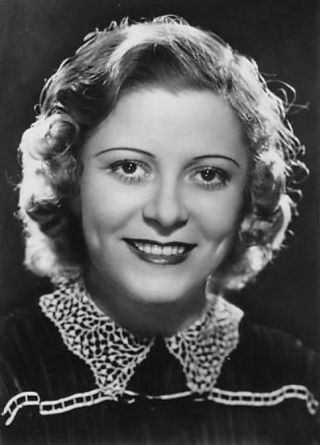
Maria Cebotari was a Bessarabian-Romanian soprano lirico-leggero and actress, and an opera and singing star of the 1930s and 1940s.
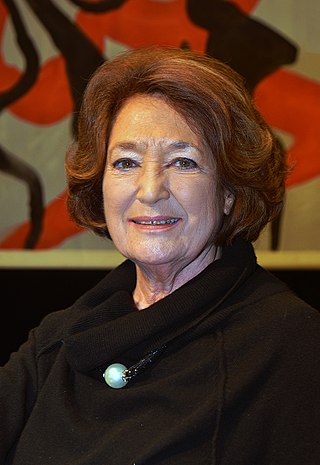
Edda Moser is a German operatic soprano. She was particularly well known for her interpretations of music by Mozart. Her 1973 recital LP Virtuose Arien von W.A. Mozart received the Grand Prix du Disque.
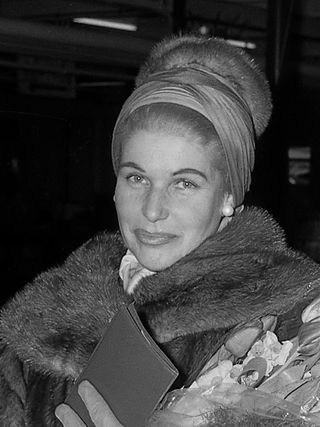
Hilde Güden was an Austrian soprano who was one of the most appreciated Straussian and Mozartian sopranos of her day. Her youthful and lively interpretations made her an ideal interpreter of roles such as Zerbinetta in Ariadne auf Naxos and Susanna in Le nozze di Figaro.
Graziella Sciutti was an Italian soprano opera singer and later vocal teacher and opera producer.
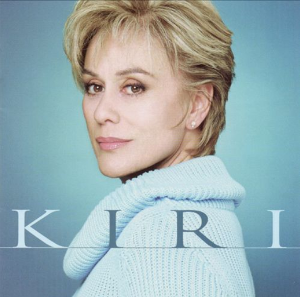
Kiri is a greatest hits album released by New Zealand opera diva, Kiri Te Kanawa in 2001.

Andrea Rost is a Hungarian lyric soprano. She has performed in leading roles with the Vienna State Opera, La Scala, the Royal Opera House, Opéra National de Paris, the Metropolitan Opera and the Salzburg Festival. The year 1997 saw the release of her first solo recording, Le delizie dell’amor, featuring arias from bel canto, Verdi and Puccini operas.
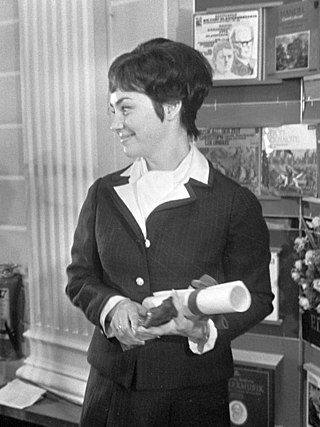
Edith Mathis is a Swiss soprano and a leading exponent of the works of Wolfgang Amadeus Mozart worldwide. She is known for parts in Mozart operas, but also took part in premieres of operas such as Henze's Der junge Lord.
Hong Hei-Kyung, often known in the west as Hei-Kyung Hong, is a South Korean operatic lyric soprano.
Arianna Zukerman is an American lyric soprano who has performed with some of the world's finest orchestras and opera companies. Her voice was described in The Washington Post as "remarkable" combining the "range, warmth and facility of a Rossini mezzo with shimmering, round high notes and exquisite pianissimos."

Mariella Adani is an Italian classical soprano who had an active career in operas, concerts, and recitals from the 1950s through the 1980s. She has sung under the musical direction of Vittorio Gui, Carlo Maria Giulini, Nino Sanzogno, Oliviero De Fabritiis, and Peter Maag and under the directors Sandro Bolchi, Franco Zeffirelli Luchino Visconti, and Walter Felsenstein. A light lyric soprano, she has particularly excelled in the operas of Wolfgang Amadeus Mozart and Gioachino Rossini. She has also been admired for her performances in Baroque opera. Retired from the stage, she now devotes her time to teaching singing.

Hjördis Gunborg Schymberg was a Swedish coloratura and lyric soprano active on the opera stage and in concert halls between 1934 and 1968. One of the leading singers of the Royal Swedish Opera, she was awarded the title of Hovsångerska in 1943, and in her later years became a distinguished voice teacher.
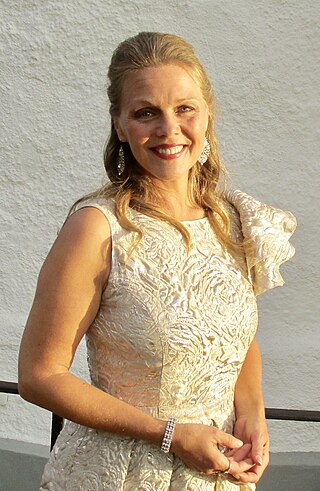
Miah Persson is a Swedish soprano, active internationally and in recordings.
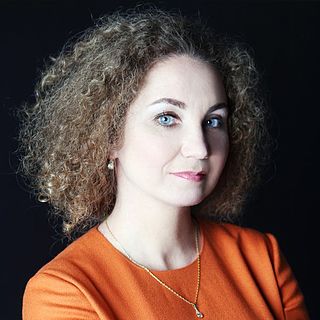
Pavla Vykopalová is a Czech soprano.
"Sull'aria...che soave zeffiretto" is a duettino, or a short duet, from act 3, scene X, of Wolfgang Amadeus Mozart's 1786 opera The Marriage of Figaro, K. 492, to a libretto by Lorenzo Da Ponte. In the duettino, Countess Almaviva dictates to Susanna the invitation to a tryst addressed to the countess' husband in a plot to expose his infidelity.
"Non più andrai" is an aria for bass from Mozart's 1786 opera The Marriage of Figaro, K. 492. The Italian libretto was written by Lorenzo Da Ponte based on a stage comedy by Pierre Beaumarchais, La folle journée, ou le Mariage de Figaro (1784). It is sung by Figaro at the end of the first act.
Patricia Johnson is an English operatic mezzo-soprano. She made an international career and is known for her dramatic voice and her stage presence. She appeared in leading roles of the repertory, such as Carmen and Eboli, and created new roles, such as the Baronin Grünwiesel in Henze's Der junge Lord, and the Princess in Nicolas Nabokov's Love's Labour's Lost.
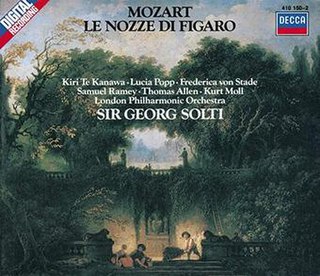
Le nozze di Figaro is a 168-minute studio recording of Wolfgang Amadeus Mozart's opera of the same name, performed by a cast of singers headed by Sir Thomas Allen, Jane Berbié, Yvonne Kenny, Philip Langridge, Kurt Moll, Lucia Popp, Samuel Ramey, Frederica von Stade, Robert Tear and Dame Kiri Te Kanawa with the London Philharmonic Orchestra under the direction of Sir Georg Solti. It was released in 1982.

Le nozze di Figaro is a 169-minute studio album of Wolfgang Amadeus Mozart's opera, performed by Christiane Barbaux, Jules Bastin, Jane Berbié, Ileana Cotrubas, José van Dam, Zoltan Kélémén, Tom Krause, Marjon Lambriks, Frederica von Stade, Anna Tomowa-Sintow and Heinz Zednik with the Chorus of the Vienna State Opera and the Vienna Philharmonic under the direction of Herbert von Karajan. It was recorded in April 1978 and released in 1979.















